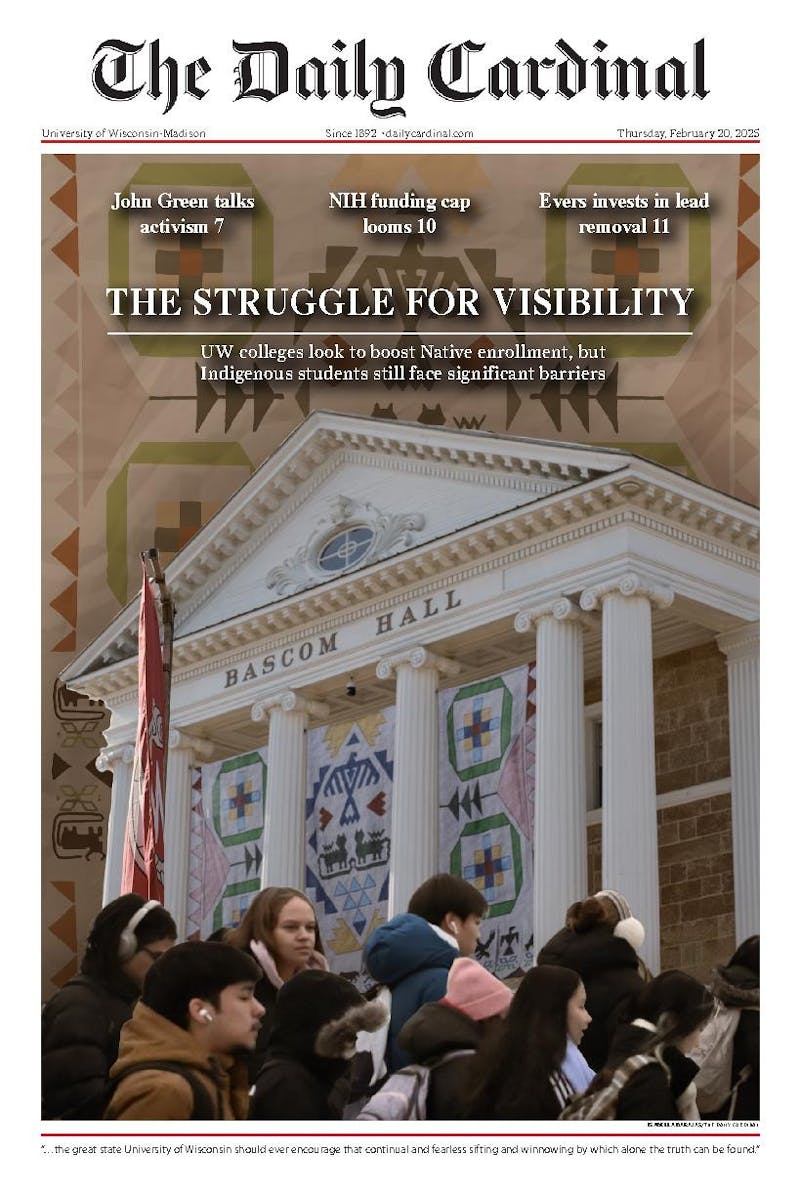There are plenty of nasty suprises in life, ID theft shouldn't be one.
The increasing use of computer databases by financial institutions and businesses have made physical forms of money increasingly less necessary and less convenient. A plastic card combined with four numbers entitles anyone to a bank account. However, as traditional forms of money are discarded, traditional forms of theft are also rendered less efficient and thieves have no choice but to similarly evolve. Sometimes all it takes to steal large sums of money is the right number.
Computer databases, high quality scanners and printers, and other technologies have allowed for a different kind of thievery—identity theft.
Identity theft occurs whenever a name, an address, a social security number or a bank or credit card number is utilized by someone other than the person lawfully entitled to that information.
Sifting through the trash for discarded and intact mail or stealing mail or personal information from close relatives and friends are some of the many measures employed to obtain personal information.
We always suggest that people invest in a locked mailbox,\ said Karen Goebel, professor and extension specialist of consumer scienceat UW-Madison. Leaving unattended mail in the mailbox for several days makes individuals vulnerable to identity theft as personal information can easily be stolen via mail. It is better to deposit mail into a post office box.
In protecting oneself from identity theft, it is also important to keep personal information confidential.
""Frequently, it is friends and relatives that have stolen their identity,"" Goebel said. ""And you don't like to think that that would happen, but people get desperate when it comes to financial losses and financial affairs.""
Pre-approved credit card information also makes people vulnerable to identity theft whether or not the forms have been filled out. The forms can be filled out and sent in as whomever the form was originally sent to with a new billing address. This form of identity theft can be avoided by shredding all mail containing identifying information with a cross shredder. Cutting up old credit cards thoroughly is also vital to an individual's credit history. Both can be put back together and utilized.
""Most times, there is not any warning of ID theft,"" said Mike Hanson, public information officer at the Madison Police Department. Billing addresses are frequently changed and victims are left unaware that anything is wrong because they cease to receive financial statements or bills as a result of the changed address.
""Equally common is when it's an employee of the business who steals the number or the numbers and then sells them,"" Goebel said. ""They're not doing adequate background checks or adequate screening. Only people who absolutely need access should see [personal information]. I have a feeling it's not as tight as it should be,"" he said.
Although awareness of identity theft is on the rise, many misconceptions still persist.
Contrary to popular belief, identity thieves do not usually target seniors. Instead they most commonly pursue demographics between the ages of 24 and 34, according to a study conducted by the Better Business Bureau in January 2006.
Other misconceptions that frighten the consumer with regards to identity theft similarly continue to circulate.
In May 2005, identity theft was titled the fastest growing crime in the United States. However, according to the B.B.B., between 2003 and 2006 the number of people victimized by identity theft has actually decreased from 10.1 million people to 8.9 million people.
With respect to identity theft via internet, the numbers remain unchanged. The internet may actually impede identity theft as individuals who check balances online report identity theft faster than those who receive bank statements via mail.
Also reassuringly, financial institutions often shelter victims from incurring large losses with respect to identity theft. A minimum fee may be as low as $50 depending on the type of account and the promptness of the reported theft. The average expense for identity theft victims in 2006 is down to $422 from $675 in 2005.
The most debilitating misconception is that consumers are incapable of protecting themselves from identity theft. Almost half of the incidences of theft are recognized and reported by the individual consumer. Other preventive measures include exercising discretion and caution when giving out identifying information.
\





